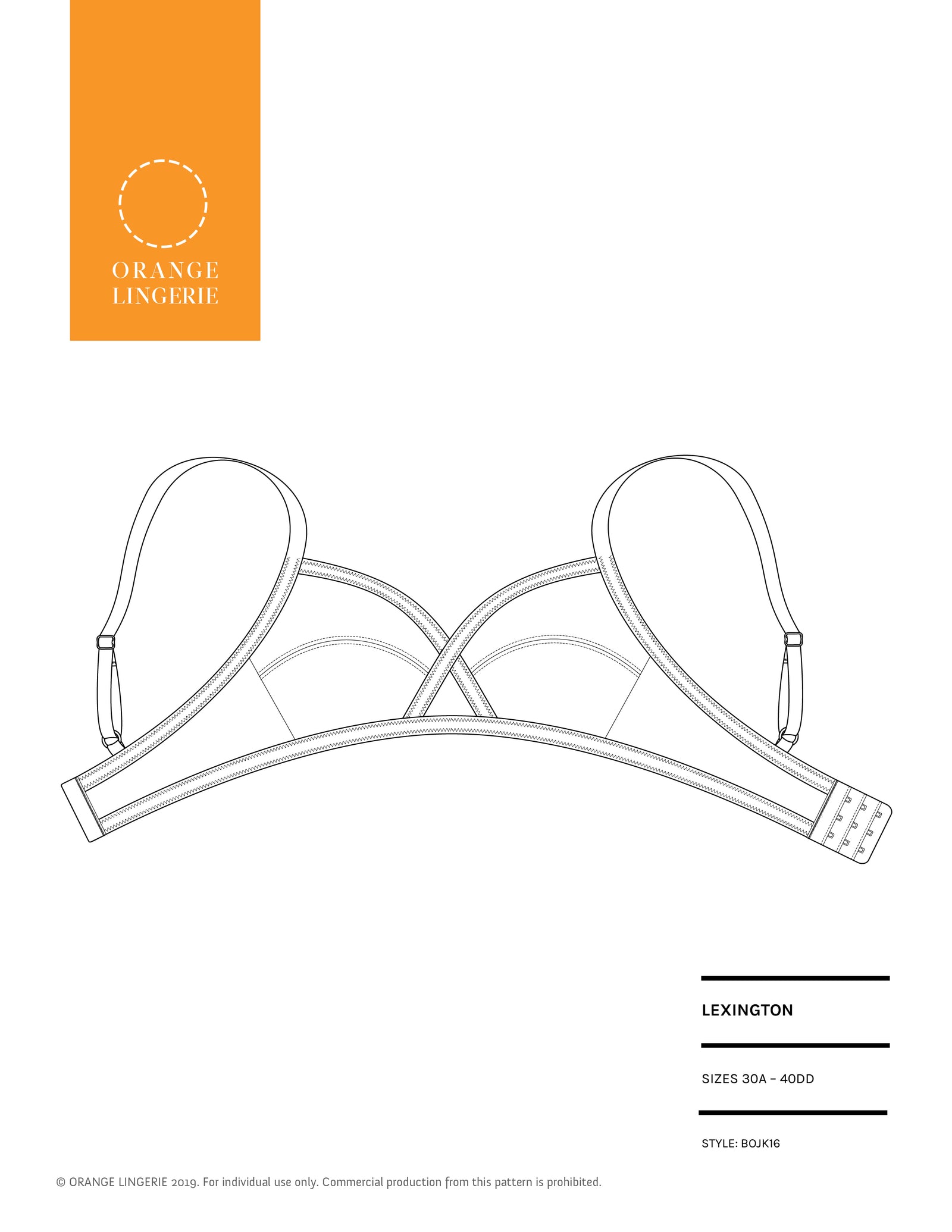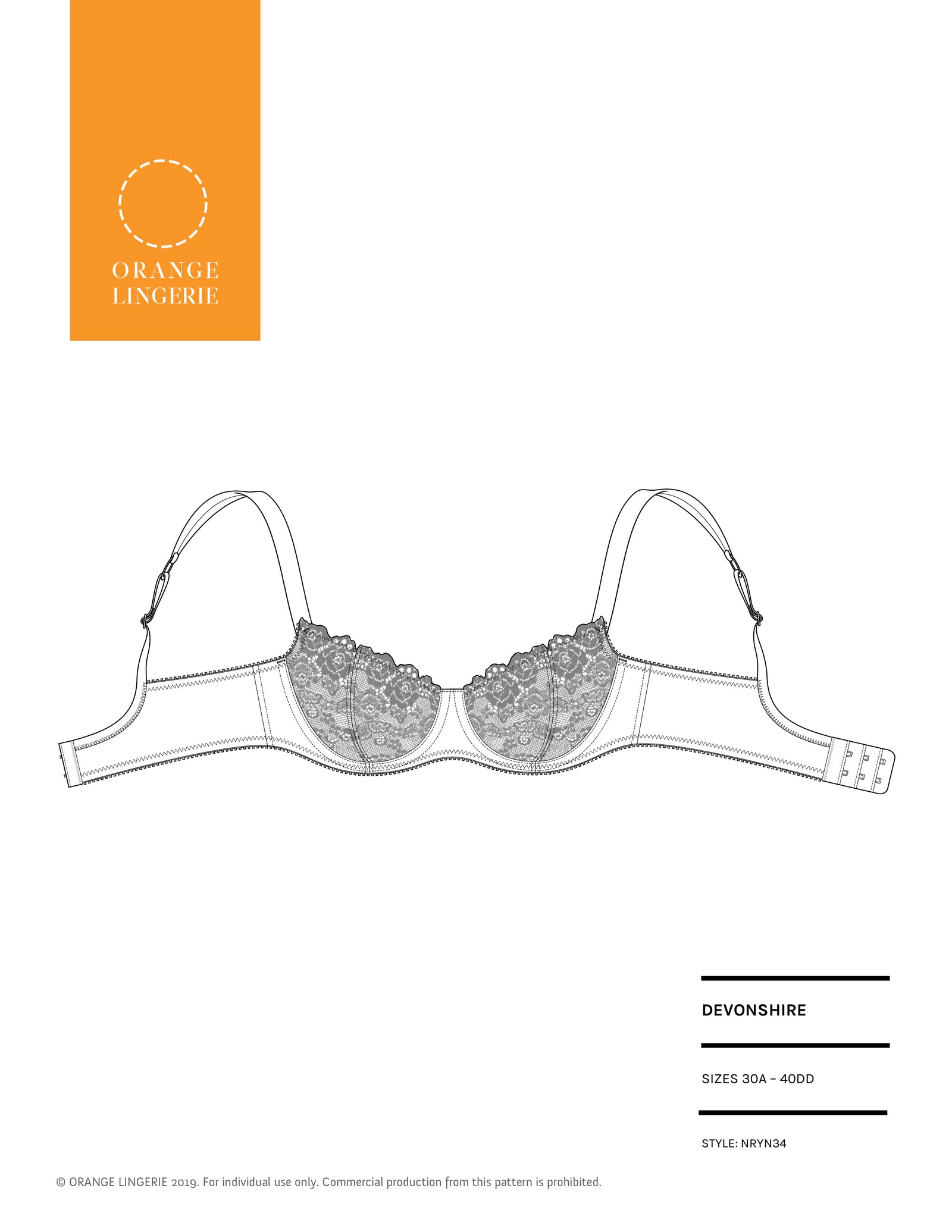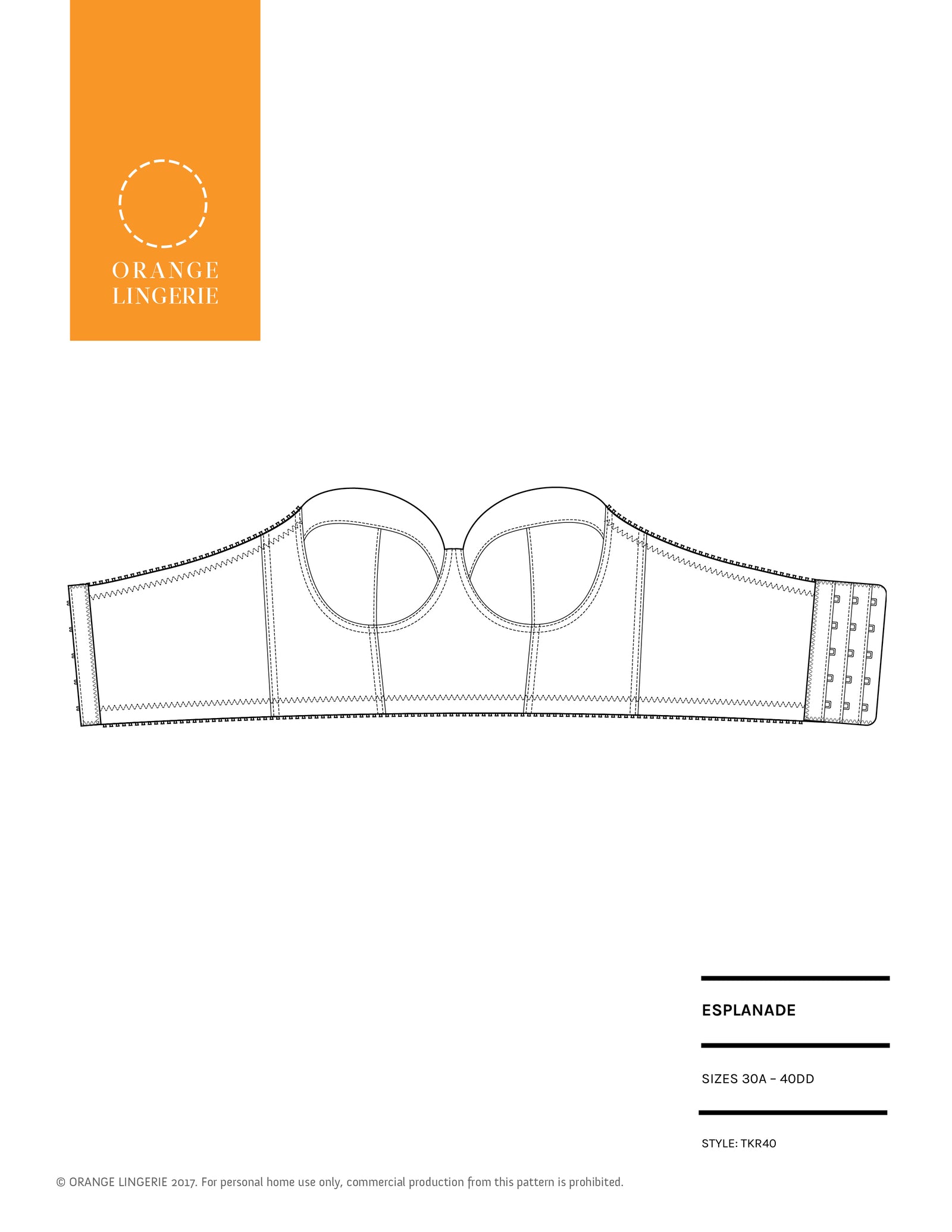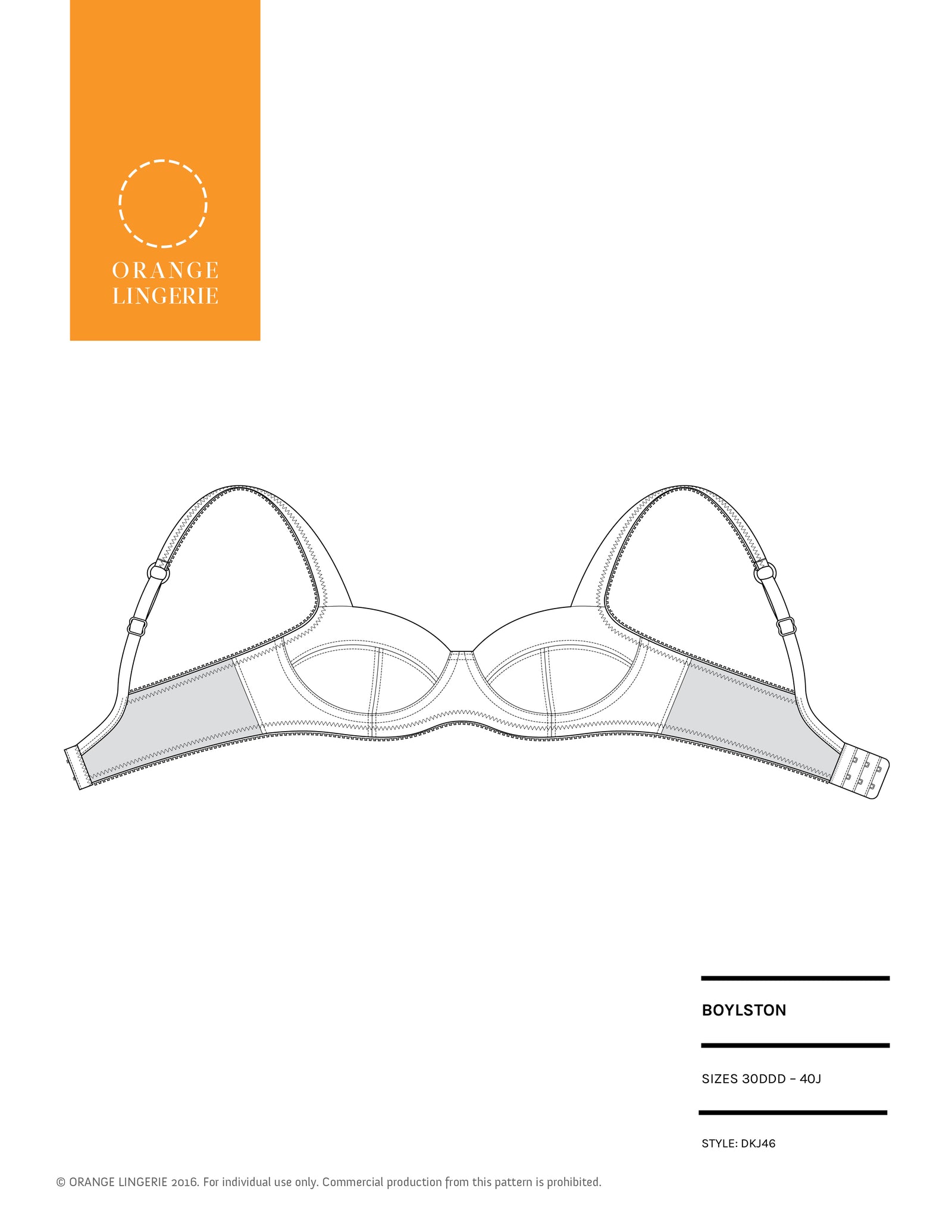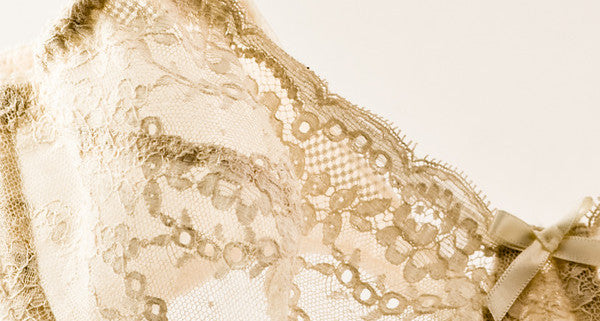
I use a telephone every day and I never really have understood how it works. Similarly I think most women have ever really examined their bras in order to understand what they are made of and how they work – this, despite daily wear. While some of the parts of the bra and their function are obvious (the cups contain the breasts), others are not (the band supports the cups, not the straps). To demystify the bra itself, what follows is an overview of its components and their respective functions.
Cups
The cups are the part of the bra that holds the breasts. The most obvious role of the cups is to contain and support the breasts. To do this, the cups must harness the breast tissue into one place and direct it all where we want it to go – forward and up, defying gravity.
For the best contour, I believe the cups should be sewn to fit the individual’s shape. Pre-molded foam cups do not conform to an individual’s shape – instead they force their shape on the individual. It is a truly different experience wearing a sewn cup vs a foam cup, and wearing a sewn cup fitted to your exact dimensions is a particularly luxurious experience.
Band
The band refers to the part of the bra that wraps around your body. It may be news to you that the band, not the straps, is primarily responsible for supporting the cups.
Unlikely as it sounds, consider this: underneath the cups (so underneath your breasts) are wires (the underwires). The wires take the pressure of the breasts in the cups and spread it out over their entire length and their surroundings, primarily into the band. If the band is insufficiently wide for your size (e.g. too narrow under the arm and around the back), you will not get the necessary support from your bra since there is not enough surface area in the band to absorb the wire transfer of pressure from the cups.
You may wonder about bras without underwires. Admittedly, it is possible to get some breast support from a bra that does not have underwires, but not nearly as much as wired bras, and the band must be quite wide in order to do so. Of course, if you don’t plan on wearing the bra for an extended period of time or are not wearing a bra for support, you can skip the wires. The other wire exceptions are women who are nursing or who just had surgery to the area.
Bridge
The bridge of the bra is the center front area between the cups. The bridge provides separation of the breasts, putting the breasts in proper position to ease into the cups. If the bridge does not match the spacing between your breasts, the bra will not sit flat against your body. The bridges in store-bought bras rarely match up with an individual’s breast spacing.
Frame
The frame is the cup holder of the bra. Surprisingly, frames are actually optional! For frameless bras, the cups are joined directly to the band and to the bridge. So long as they are well designed and constructed, frameless and full frame bras will provide equivalent support. Please note that you cannot simply omit the frame from a full frame pattern and get the same results
Straps
It varies by style but generally the straps of the bra extend from the top corner of the bra cup, go up and over the shoulder, and join to the back of the bra. If your shoulders show strap marks that implies the straps are supporting the cups, and that is not how it is supposed to be! The role of the straps is to hold the bra cups and band in the proper position on the body. If the bra is strapless, the band must be built to hold itself in the correct position on the body.
Now that we have a common vocabulary for discussing bras, you can learn more about how these parts fit together on your body in my post on the best fitting bra.
